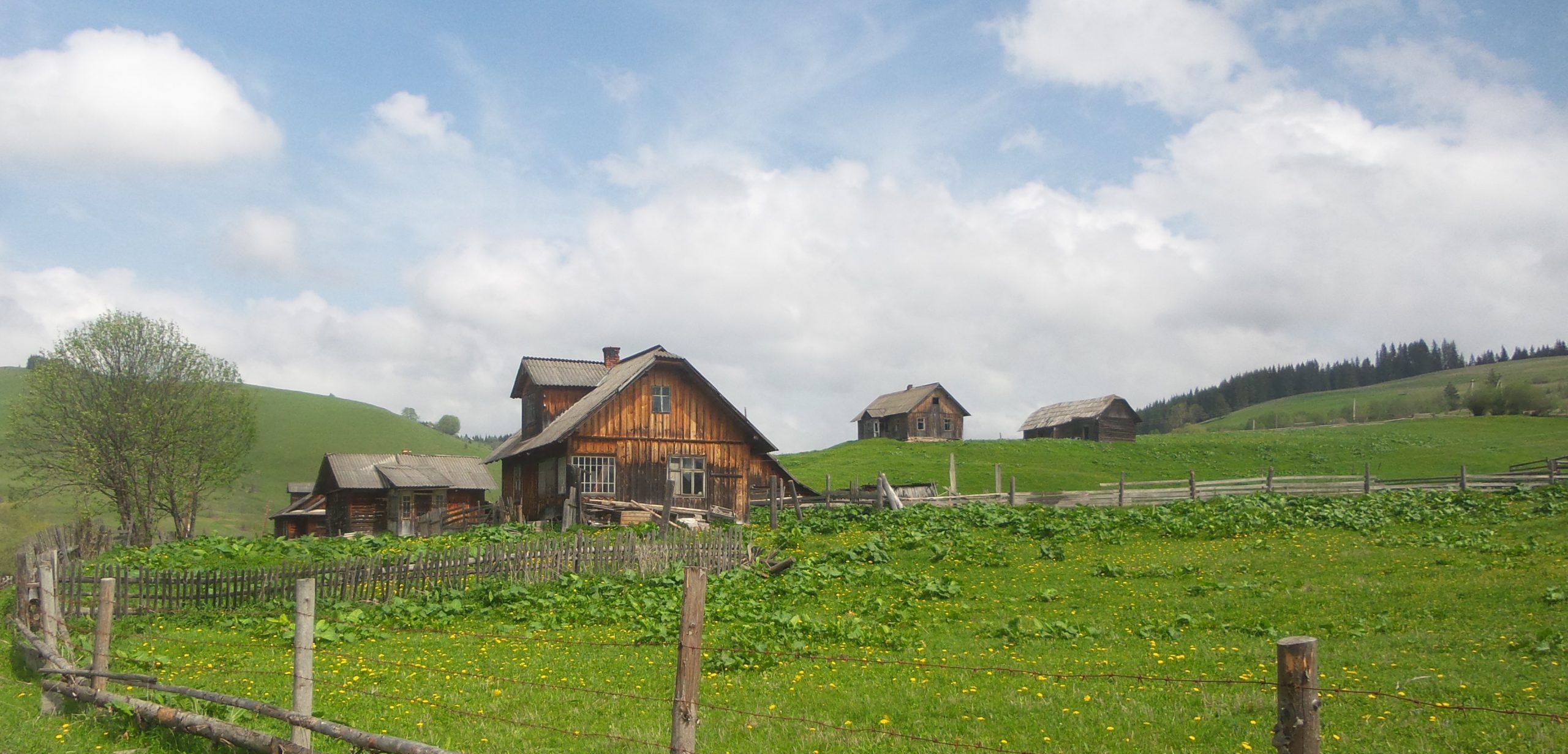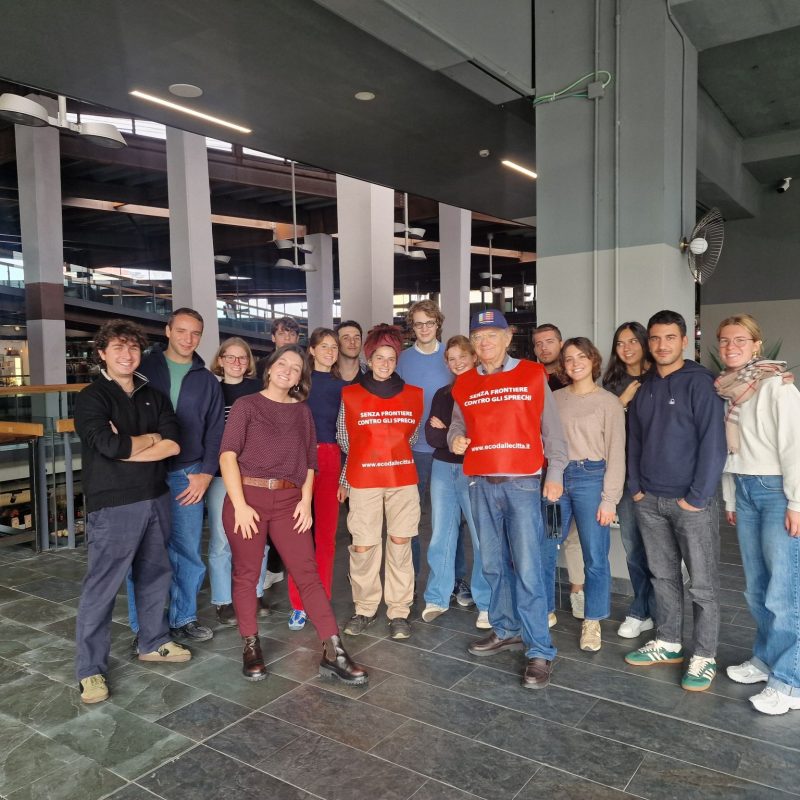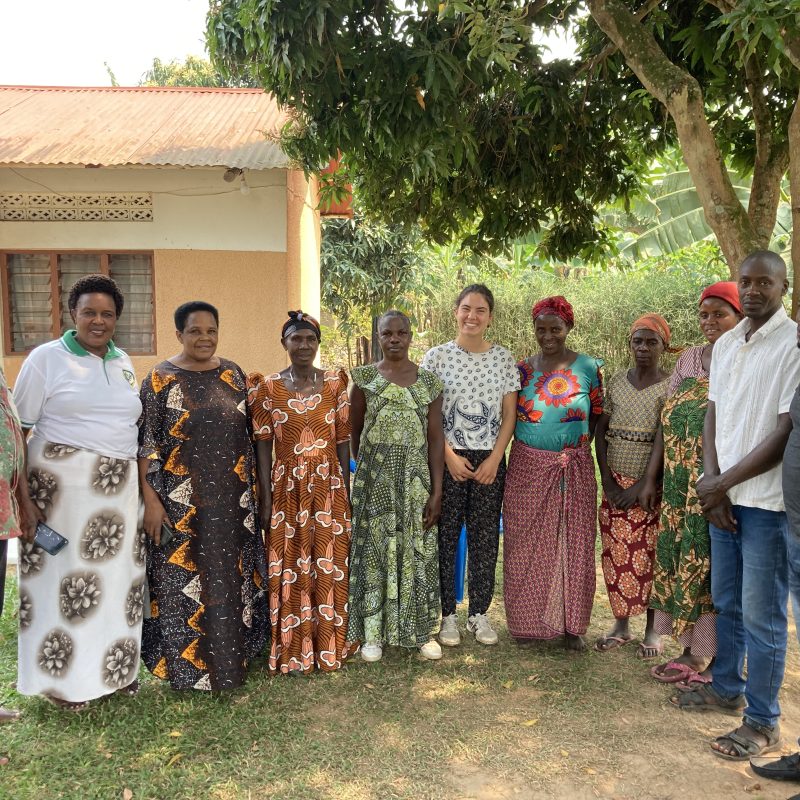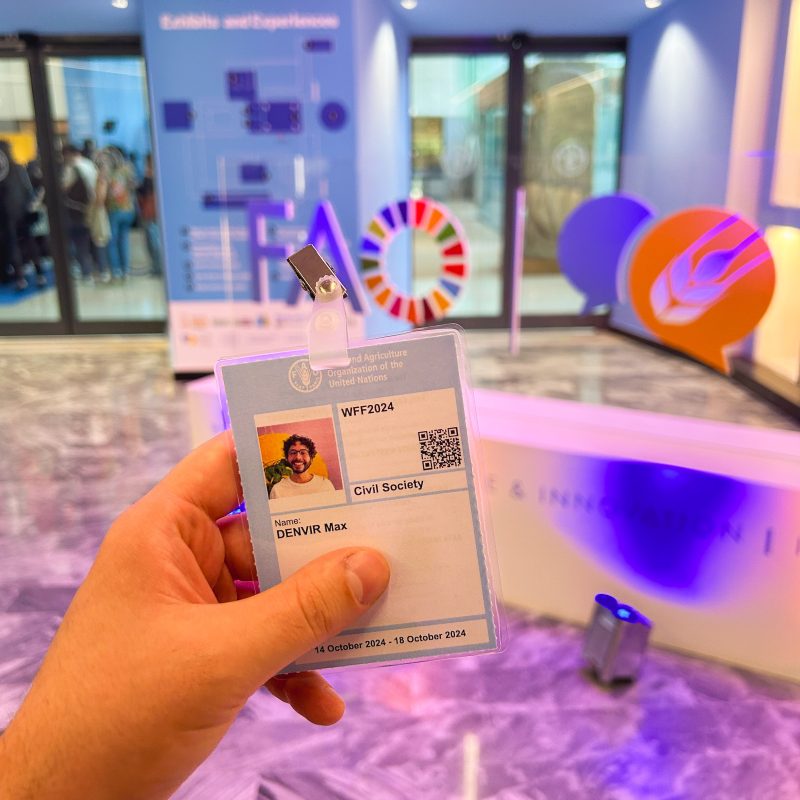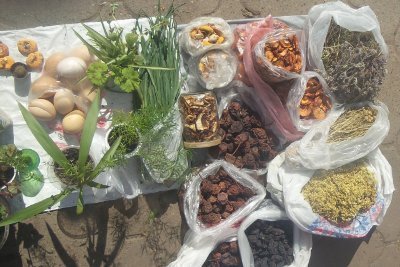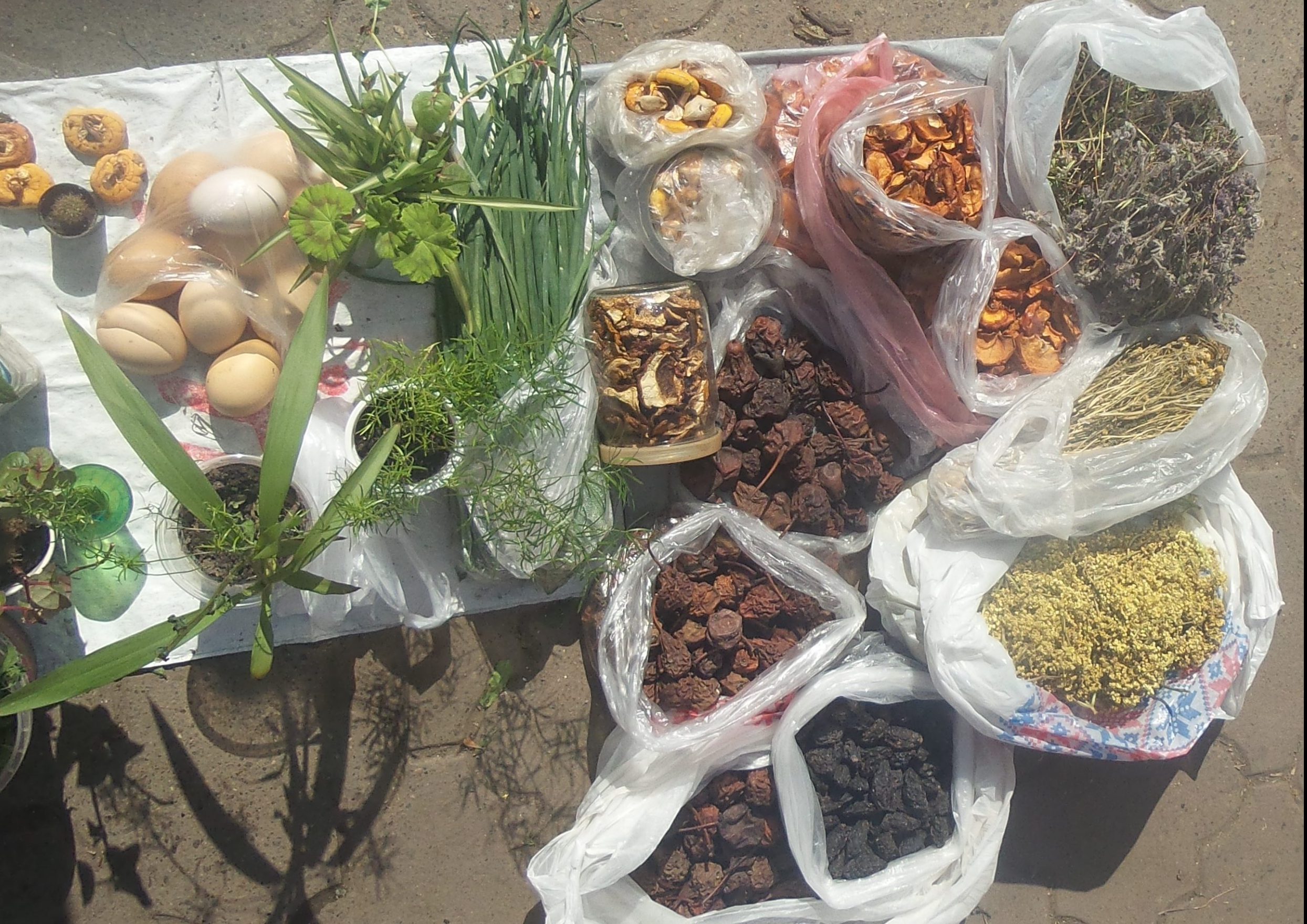
In addition to causing death and destruction, the tragedy of the war in Ukraine also concerns the loss of the extraordinary heritage of traditional knowledge and products that are a fundamental part of the Ukrainian food culture.
The University of Gastronomic Sciences of Pollenzo and the Ca’ Foscari University of Venice are partners in the European project “ERC DiGe – Ethnobotany of Divided Generations in the Context of Centralization“, which involves an international team of scholars engaged in ethnobotanical research in Eastern European territories, in this case in Ukraine.
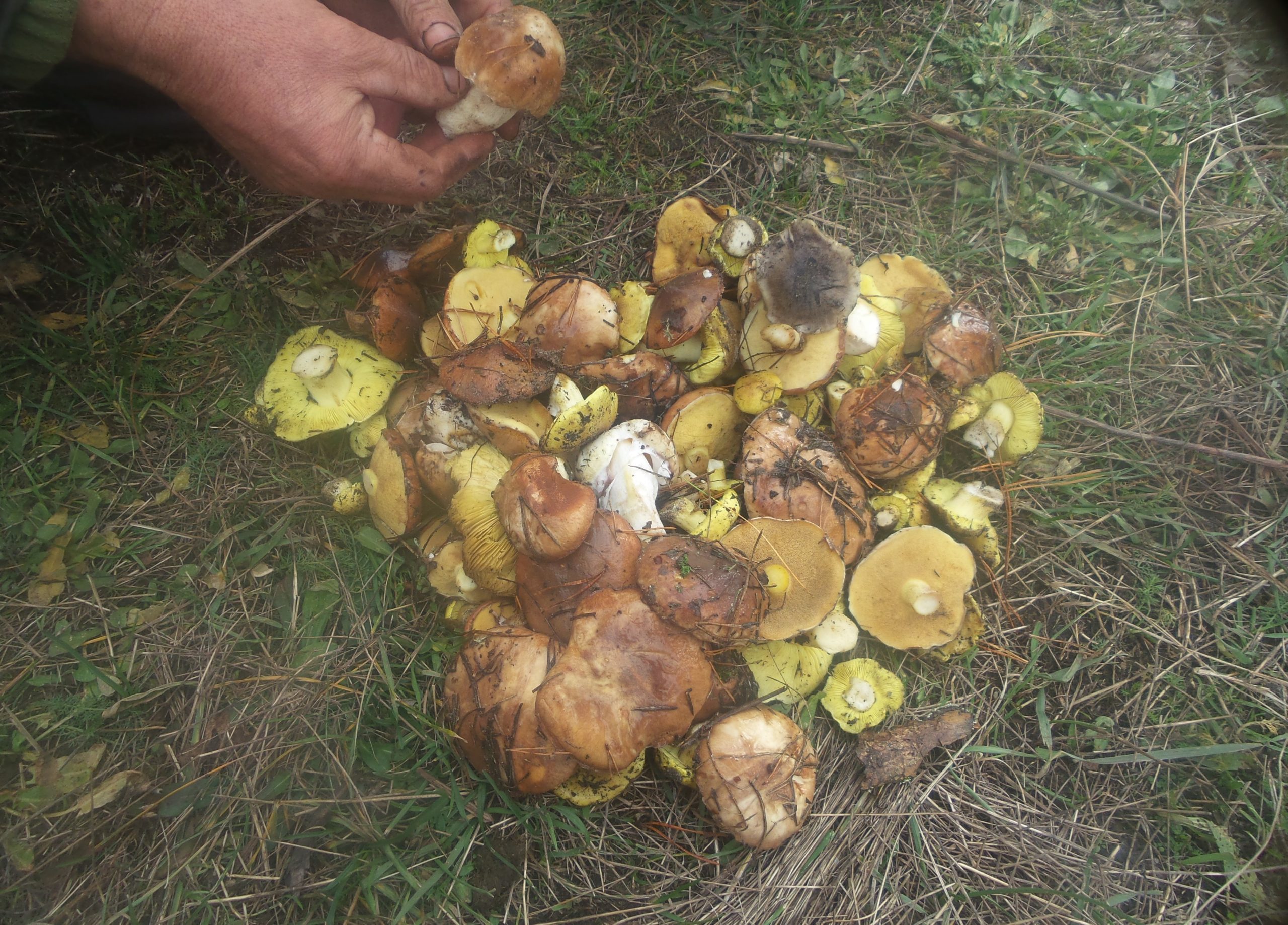
UNISG, in particular, was about to complete the Atlas of Products of Ukraine: a mapping of the country’s gastronomic heritage, containing explanatory sheets of over 70 products, collected in an illustrated book whose publication was expected soon. Now, this important research and mapping carried out in collaboration with local scholars and with the representatives of the Slow Food Network Ukraine is totally frozen.
In this regard, Andrea Pieroni, full professor of Ethnobotany and Ethnobiology in Pollenzo, having focused his research in Eastern European countries for many years, explains:
“The Atlas of Ukrainian products was created to promote the diversity and richness of a territory and its people, and as an opportunity to share the immense gastronomic tourism heritage of the country. The book is divided into categories (plants, animal races, preserves, cured meats, kinds of bread and sweets) and was created thanks to scientific research in the regions of Bucovina, Transcarpathia, Podolia, Polesia, Bessarabia, and in the Krivy Rih metalliferous basin, with the collaboration of Dauro Zocchi, Scientific Manager of the Ark of Taste, the conducts of Slow Food in Kyiv and Lviv, and the academic network built by Professor Olena Motuzenko, Vice-Rector of the National University of Kyiv.”
Prof Pieroni adds: “The Atlas is of great cultural importance also because it lists and catalogues the typical products of the various linguistic realities existing in Ukraine. The country is, in fact, a mosaic of different populations: there are minorities of Romanian, Hungarian, Bulgarian, Albanian, Russian origin, but also the Turkish-speaking Gagauzis and Huzuli.”
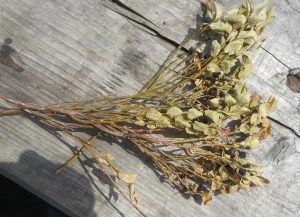
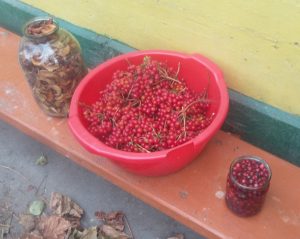
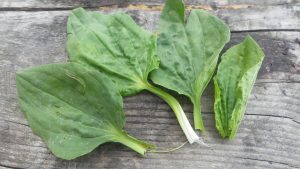
“Ukraine is an extremely interesting region from the point of view of the peasant food tradition, where an informal market survives with the direct sale of homemade products despite all EU regulations”, continues prof Pieroni: “Just think about the elderly peasant women, known as babushkas (or grandmothers), selling their homemade food on the street in villages or towns, next to stations and so on. These women offer the surplus of their home preparations such as cakes, eggs, sausages, and preserves: they sell them to increase the family budget, demonstrating great ability to create a sustainable food chain and a system of collective redistribution. A real tool of resilience!”
“Among the products included in the mapping are a variety of meadow salsify (Tragopogon pratensis), that is testament to the tenacity and resistance of the Ukrainian people, linked to the collective memory of the Holodomor, a term used to define the famine and starvation that marked Ukraine from 1932 to 1933″, remembers prof Pieroni.
“Precisely during this period of hunger, the salsify roots (known in Italy as with the name of Barba di becco) played a fundamental role in survival. Now, due to the war, all this wealth of knowledge and the uses of traditional products could end overnight.”
